How to insulate your home and slash energy costs
Tips and tricks to keep cosy and cut bills
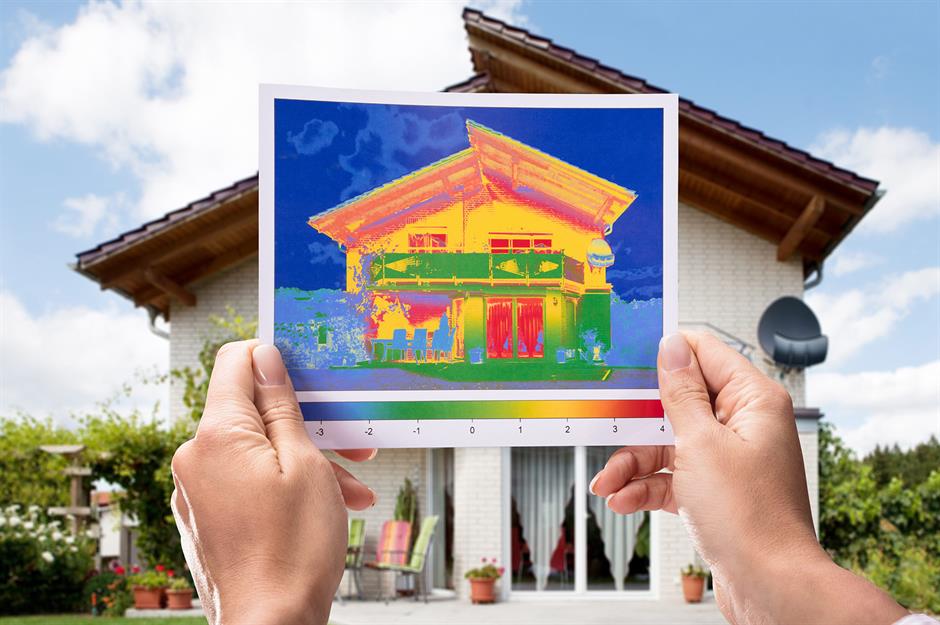
Insulation is a vital element of any home: in the colder months, it can help keep your living spaces warm and cosy by holding in the heat, as well as cutting down the cost of your energy bills. However, it also plays an important role in the warmer seasons, too, as insulation can regulate the internal temperature and block heat from entering a house.
Click or scroll on to discover these smart solutions for insulating your home and slashing household costs.
Remove sources of damp

Before you can think about improving insulation in your home, you need to remove any sources of damp. If you don’t, your insulation efforts will be wasted and repairs or removal could become costly further down the line.
The main causes of damp and mould are excess moisture, poor ventilation and inadequate heating. Once these are eliminated, you’re all set to start insulating your home.
Assess how well-insulated your home is

Before you start implementing solutions, it's a good idea to assess your home's insulation and identify areas where it's lacking. One way you can do this is with a thermal imaging camera – you can either buy your own or enlist a company to survey your property with one.
You could also arrange for an airtightness test to be carried out, which will pinpoint areas with leaks where heat may be escaping. Once you know your home's key problem areas, you can get to work remedying them.
Top up your attic insulation
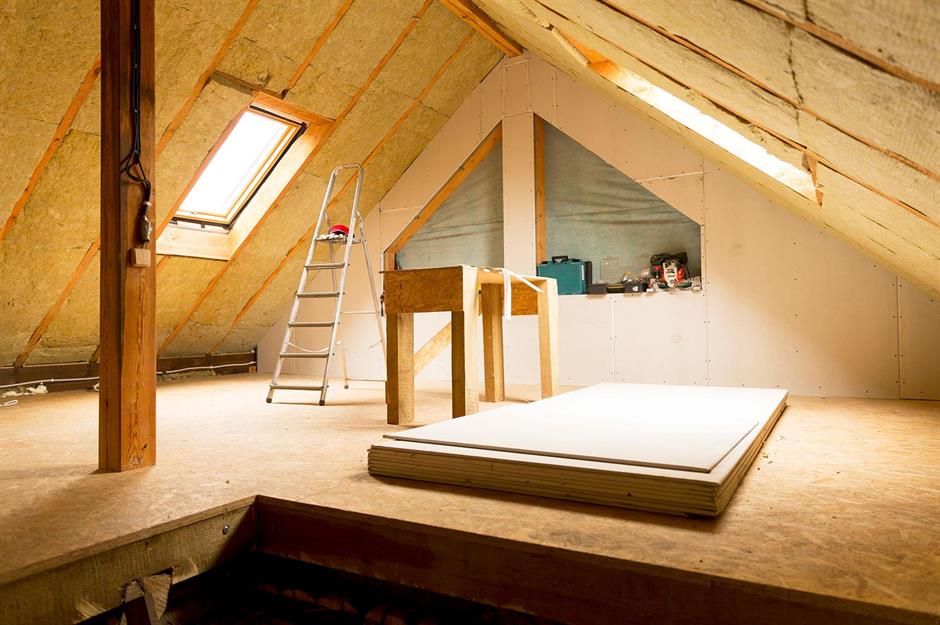
Around 25% of all heat lost from a home escapes through the roof, according to energy advice site Energy Saving Trust, so insulating the highest parts of your house will make a big difference.
The difficulty and cost of installing your own insulation depends on the type of roof you have and whether you decide to insulate above the substrate or between and above the rafters, which is the more expensive ‘warm roof’ solution, or between the ceiling joists, which is the cheaper, more common ‘cold roof’ option.
Add insulation strips to your loft hatch
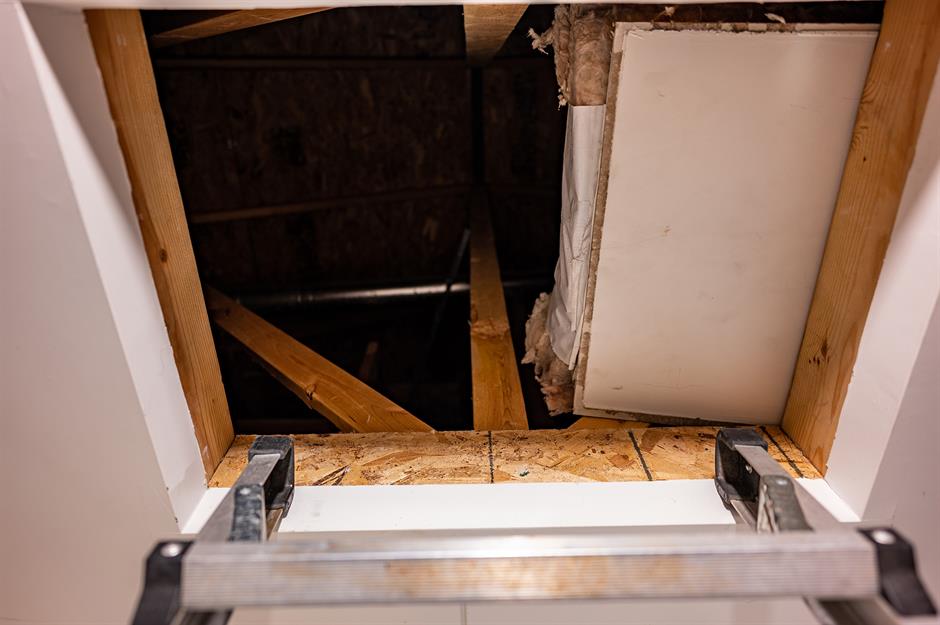
If you’ve gone to the effort of insulating your roof, the last thing you want is air escaping through any gaps. Draught-proofing a loft hatch is an easy DIY job that can be as simple as adding a strip of foam around the bottom of the hatch if it rests on the frame of the entrance when closed.
If your hatch swings down when opened, the insulation material will need to be attached to the outside perimeter of the top of the hatch. A second strip will then need to be added around the inside of the hole so that the two materials meet when the hatch closes, creating an airtight barrier.
Install an attic stair cover
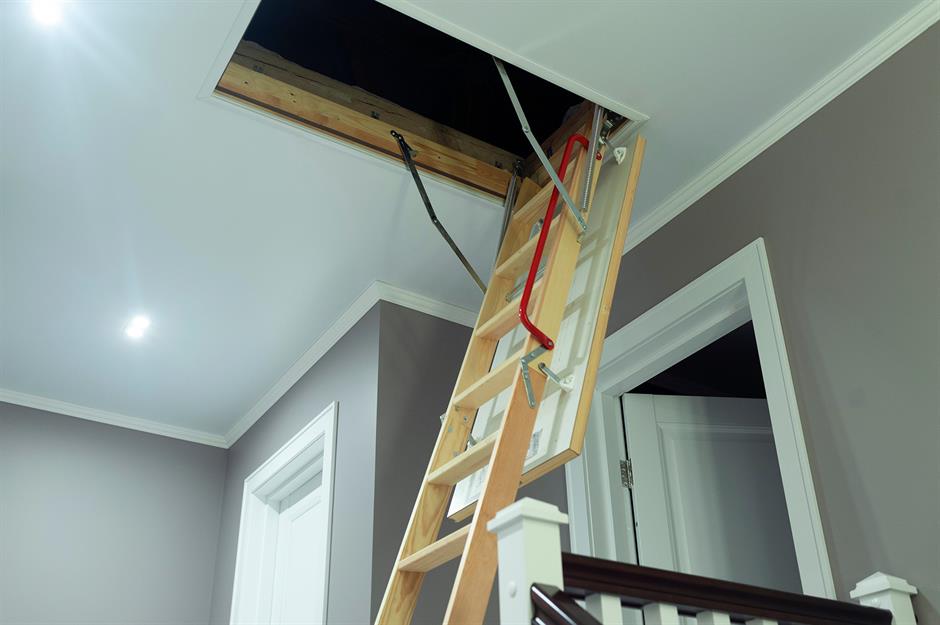
Another way to insulate your attic is by installing a hatch cover across the entrance. The insert is typically made from foam, aluminium-coated fabric or fibreglass, and it can easily be strapped or stapled into place. Most of these come with a zippered doorway, which allows you to get in and out of the loft easily without having to remove the entire cover.
Draught-proof your windows
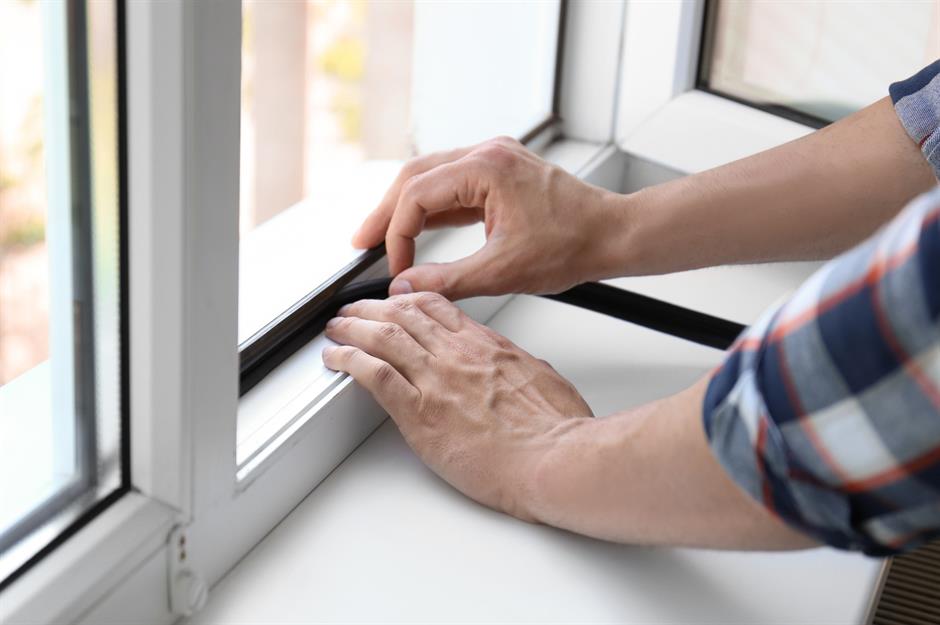
Even in the colder months, it’s important to ventilate your home, but unwanted draughts coming in through the windows will just drive up your heating costs.
Draught-proofing strips can be stuck around window frames to create an airtight seal to keep heat in and cut down your energy bills. These can be self-adhesive strips, which are cheap and easy to install, or the slightly more expensive option of metal or plastic strips with brushes attached.
Keep keyholes covered
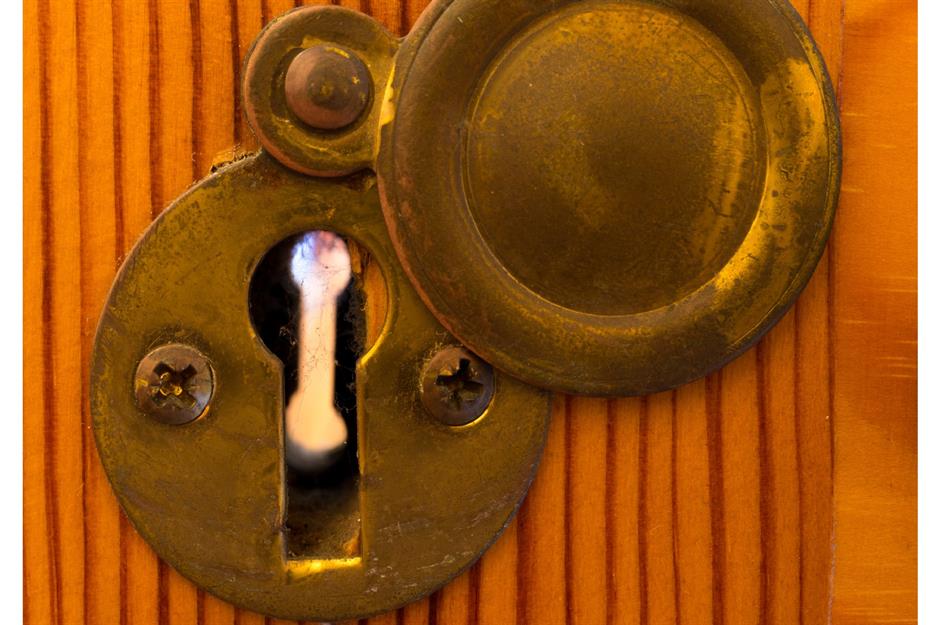
There are several solutions for tackling door draughts, including installing a purpose-made cover for the keyhole. The covers, also known as escutcheons, not only prevent air from coming in through the keyhole but also help protect the surrounding area from scratches and add a stylish finish to the door.
Fit a draught excluder to your letterbox
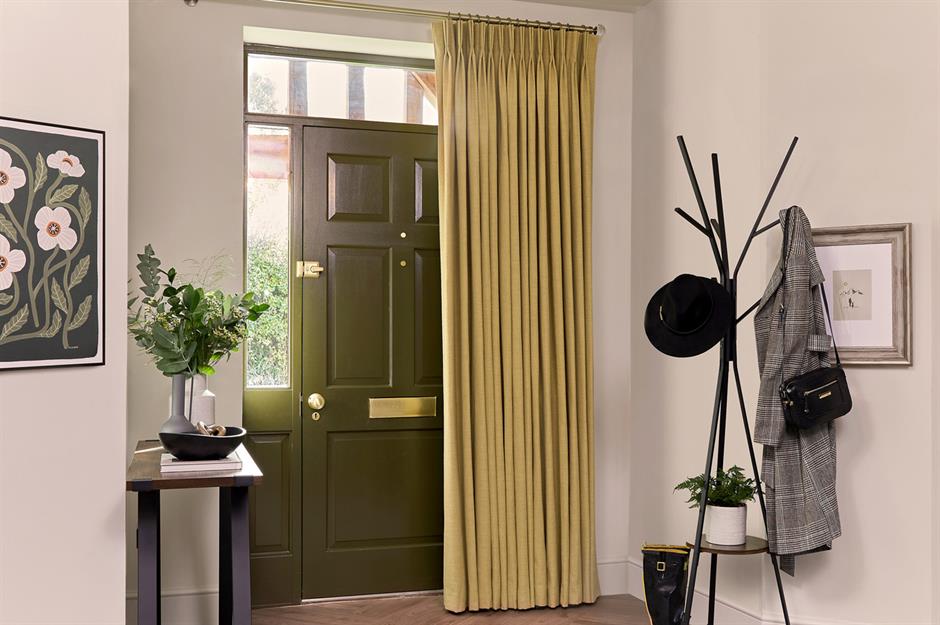
Letterboxes will inevitably let some air into the house, but there are ways to keep them airtight when they’re not in use. A draught excluder can easily be fitted to the internal opening and it can take the form of two rows of brushes or brushes with a flap of metal or plastic. The second option gives a neater finish but can be more expensive.
Letterbox draught excluders can be picked up fairly cheaply at hardware stores and easily installed at home.
Featured curtain available from Hilarys.
Invest in a draught stopper
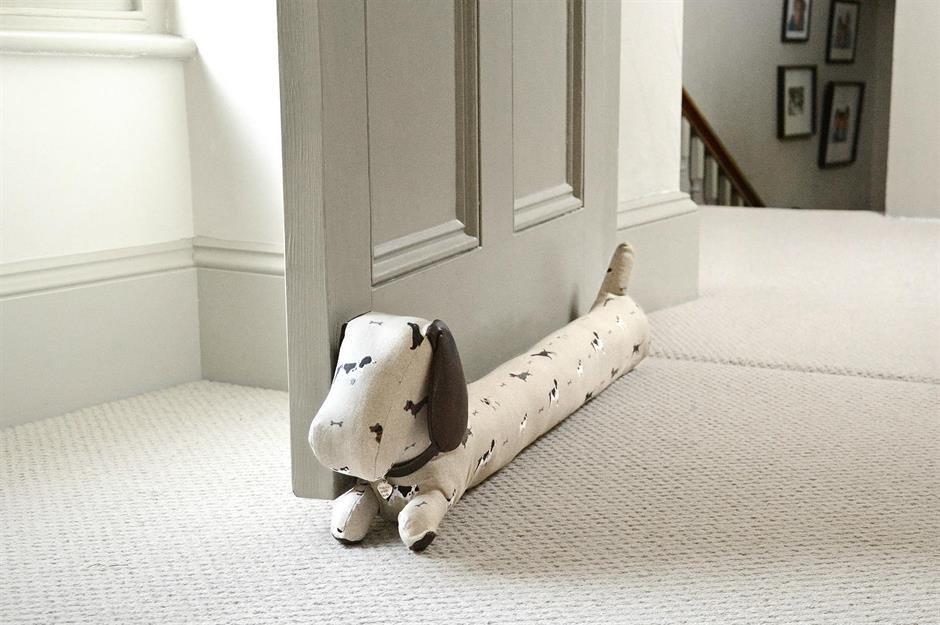
Buying a draught stopper is the quickest and easiest way to prevent a breeze from coming under the door. Simply place a stopper across the bottom of a door to keep unwelcome breezes out. This is more of a quick fix than a permanent solution, but it will do the job while considering other long-term options, such as applying foam or brush strips to plug gaps at the bottom and edges of the door.
Featured draught excluder available from Sophie Allport.
Draught-proof your chimney

Air can also enter through open chimneys. A DIY solution to chimney draughts is buying a draught excluder, which can be fitted within the chimney or around the fireplace.
Another option is a chimney cap, which is typically made from terracotta and provides insulation as well as protection from moisture and birds. However, these are best installed by a professional. Remember to remove the draught excluder whenever you light a fire.
Featured furniture available from Sharps.
Bring in thermal curtains and blinds
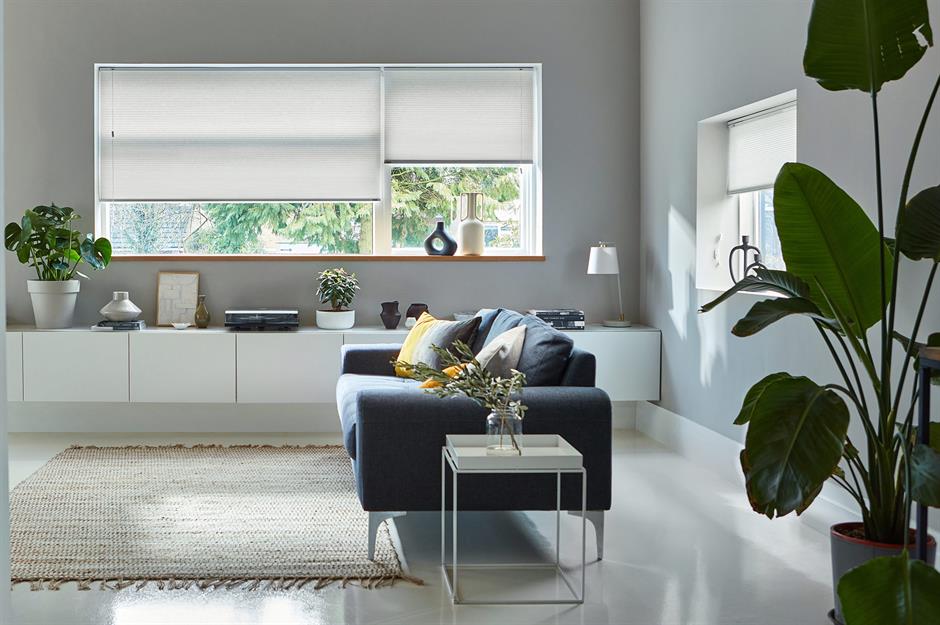
Energy-efficient window dressings can help to keep rooms cool in the summer and cosy in the winter. Thermal curtains and blinds tend to be made up of multiple layers of fabrics specifically chosen to prevent heat loss and they can be installed as easily as regular blinds and curtains. Simply draw closed when the sun goes down to feel the benefit.
Featured blinds available from Blinds2go.
Upgrade to double or triple glazing
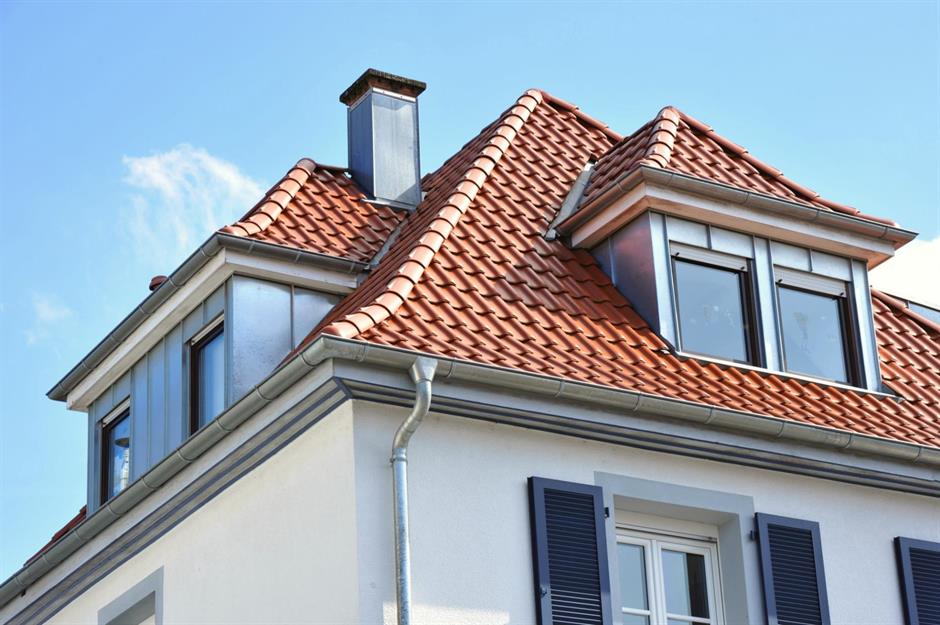
An extra pane or two of glass on your windows can make a big difference when it comes to keeping out the cold and it will also add some extra soundproofing, too. For certain houses, such as listed buildings and homes in conservation areas, building permissions may be required from local authorities before you can install double- or triple-glazed windows.
Install secondary glazing
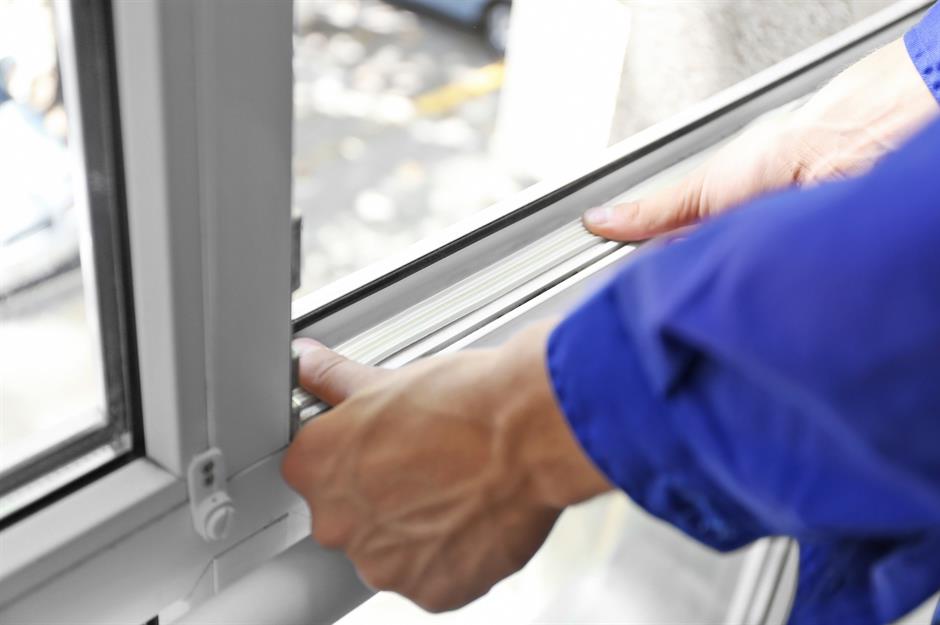
A cheaper and admin-free alternative to double or triple glazing is adding secondary glazing to your windows. It also allows you to leave the original external window untouched. A slim, temporary film or pane is fitted parallel to the window and acts as an extra barrier between the room and the outside world.
Fitting secondary glazing is a simpler process than installing double or triple glazing, although some DIY experience and the right tools are needed to do a thorough job.
Shrink-wrap your windows
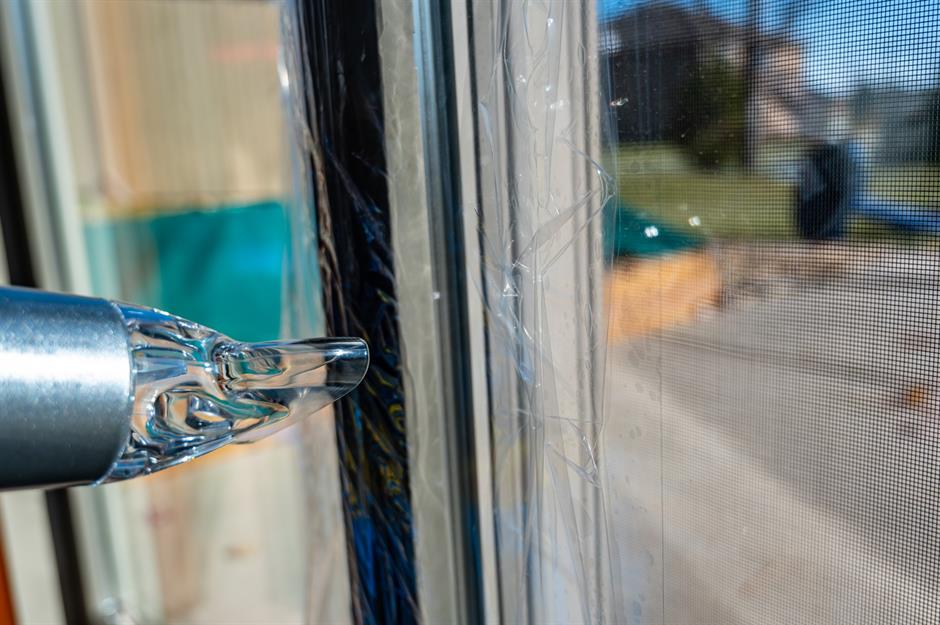
If adding extra glazing to your windows isn’t an option, a simple insulation hack is to put cling film or saran wrap on the glass. This is a quick and cheap solution to blocking draughts and can easily be done without professional help.
All you need to shrink-wrap your windows is clear plastic film, which is secured in place with double-sided sticky tape. Hardware stores also sell shrink-wrap kits, which require heat, such as from a hairdryer, to stay in place. But one disadvantage of this method is that you can’t open the windows without removing all of the plastic wrap first.
Seal around bathroom and kitchen vents
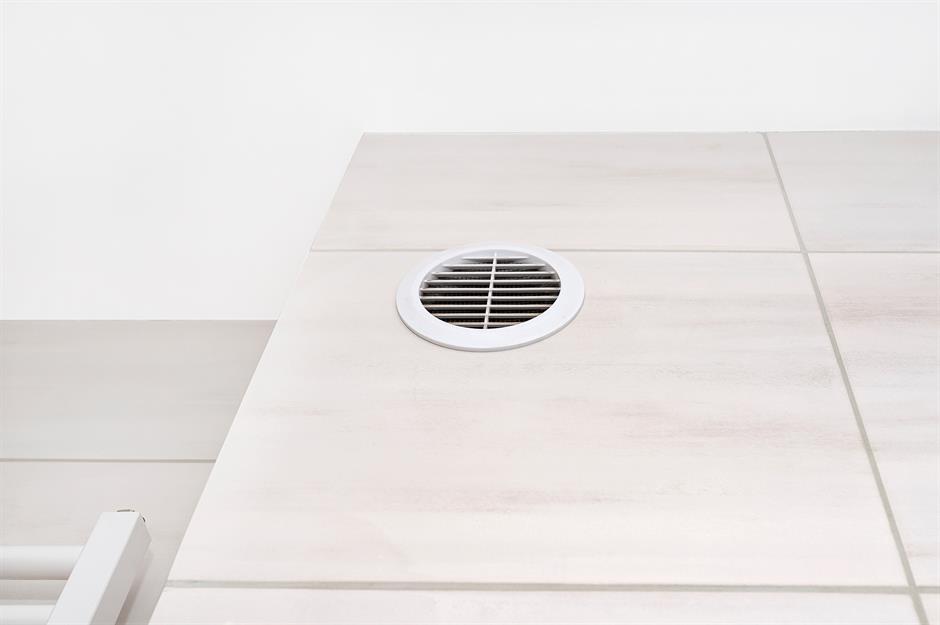
Extraction vents are needed to provide a flow of fresh air and reduce condensation in kitchens and bathrooms, especially if there are no windows.
If the perimeter of the unit where the duct meets the wall isn't sealed properly, extra air can escape through the gaps. Holes around the vent that are letting in draughts can easily be sealed up using caulk, sealing putty or metal tape.
Tackle draughts behind the toilet
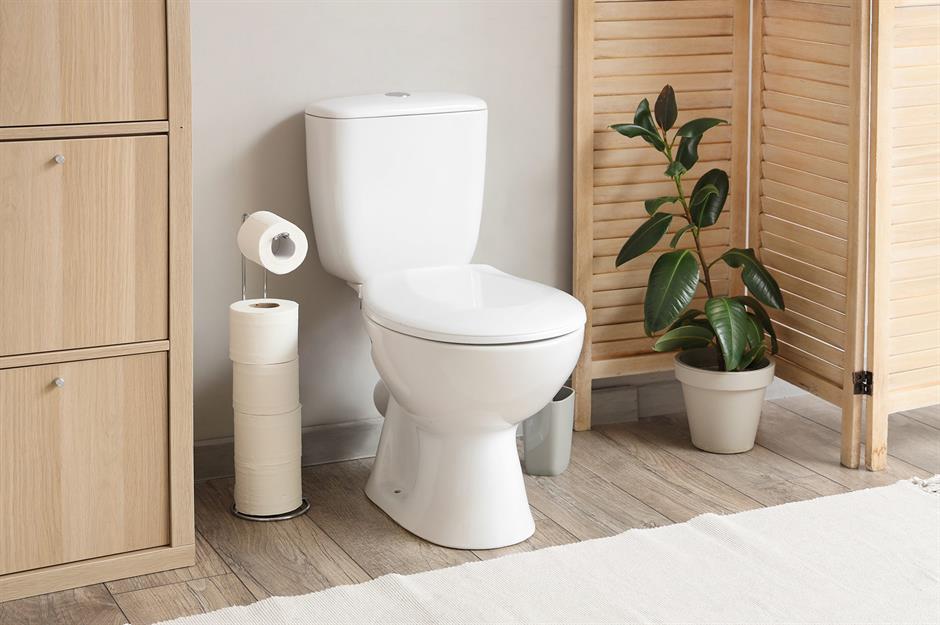
When it comes to draughts in the bathroom, another culprit can be the toilet. The pipework that services the toilet often exits through an external wall, and if the pipes aren't properly sealed, they can let air into your home.
Easily remedied, you can purchase pipe seals from most hardware stores that slot over your internal and external pipes where they meet the wall to eliminate the draught.
Insulate your water tank
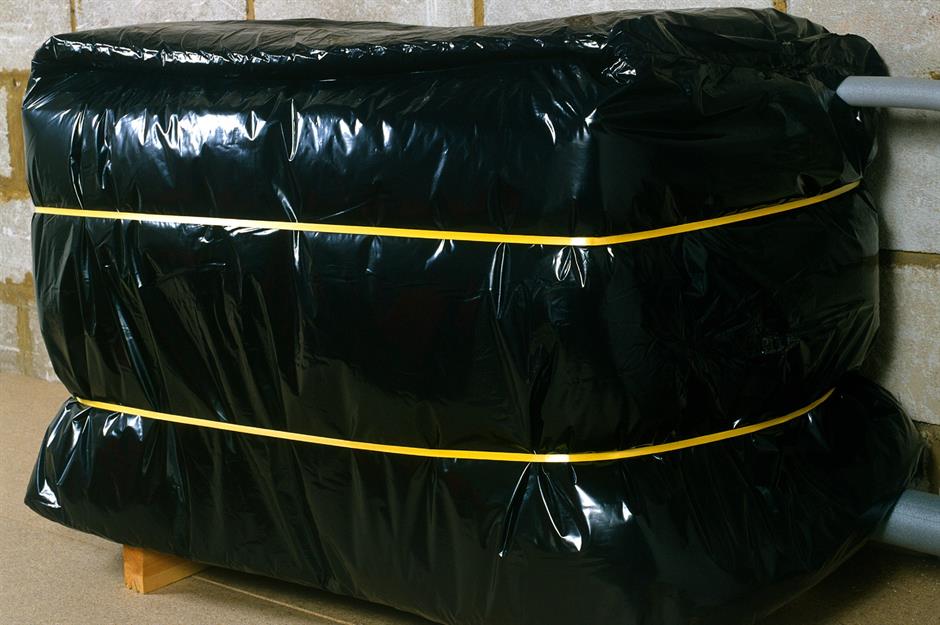
Preventing heat loss at the source of your central heating will save tonnes of money in the long term. If you have a hot water tank or water heater, an insulation jacket is a cost-effective and easy way to reduce heat loss and keep your water hotter for longer. Adding this quick fix to your waterworks is a simple DIY job.
Install radiator reflector panels

Most houses in the UK are kitted out with radiators, as are some older properties in the US. Adding reflector panels behind radiators ensures that warm air stays in the room, rather than escaping through the walls. This is a relatively low-cost insulation tactic and it only needs to be applied to radiators attached to external walls.
Add cavity wall insulation
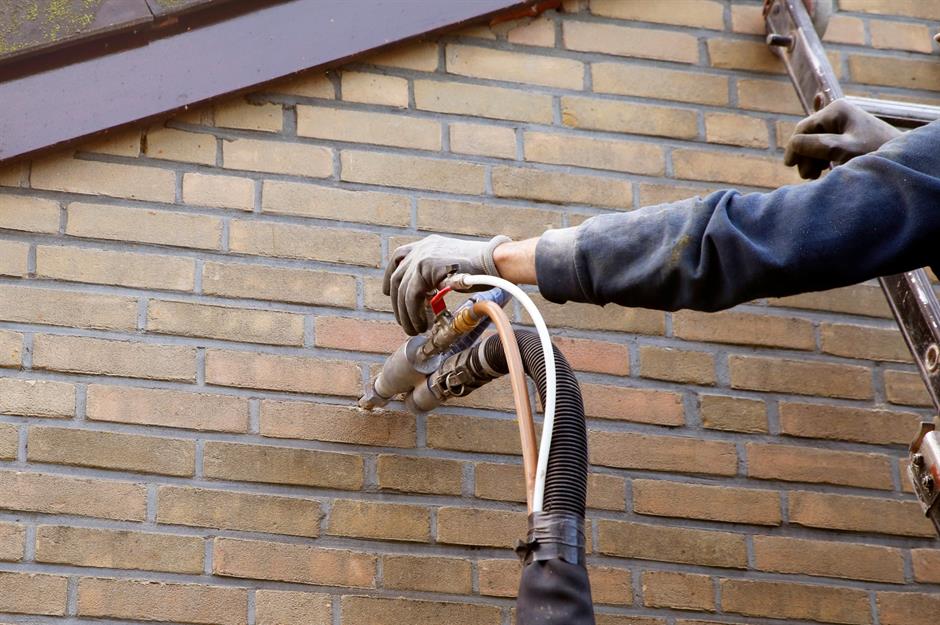
Around one-third of all heat lost in uninsulated homes escapes through the walls, according to Energy Saving Trust. So if your home has cavity walls, it might be worth investing in more insulation if you’re looking to slash your energy bills.
Cavity walls have a hollow centre and injecting insulation material into the gap can work wonders for preventing heat loss. In order to add insulation to a cavity wall, holes are drilled into the outside wall, and cement is used to seal the insulating material inside, which means that a registered professional should be employed for this method.
Install external wall insulation
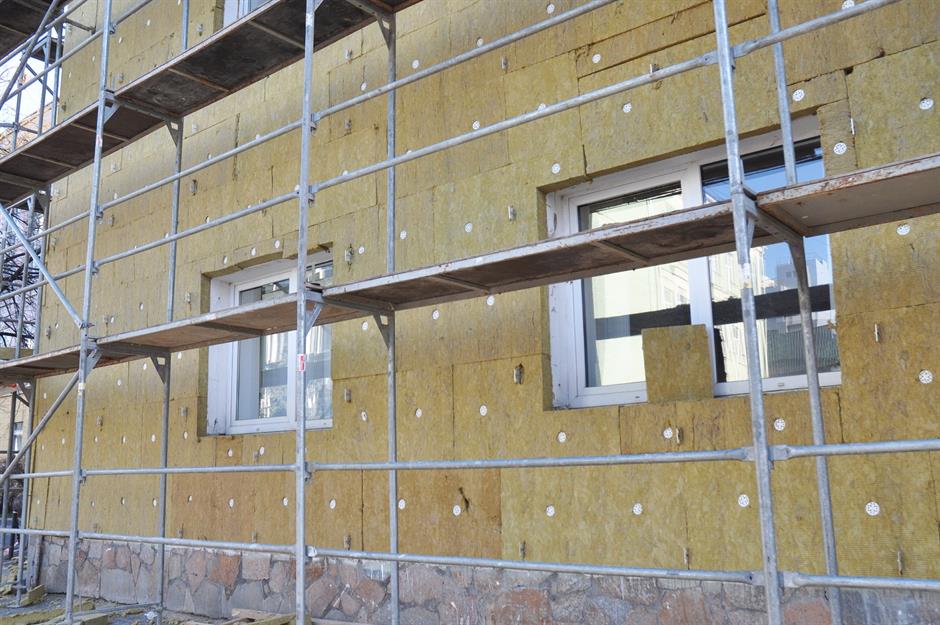
Even if your property has solid walls, there are still steps you can take to better insulate them. Insulation boards can be added to external walls to help cut down energy costs and keep your home toasty warm, but the complexity of the installation does mean that a trained professional is better suited to the job than your average DIY enthusiast.
Insulate your internal walls

If cavity or external wall insulation isn’t an option for your walls, whether that’s because of the cost implications or building regulation restrictions, installing internal wall insulation can be a good alternative.
It also means that the exterior of a property remains unaltered, which is a big plus when it comes to period homes and other properties with intricate exterior designs. One way to add internal insulation is to attach rigid insulated boards to the inside of a wall, and these are best fitted by an expert.
Opt for insulation wallpaper
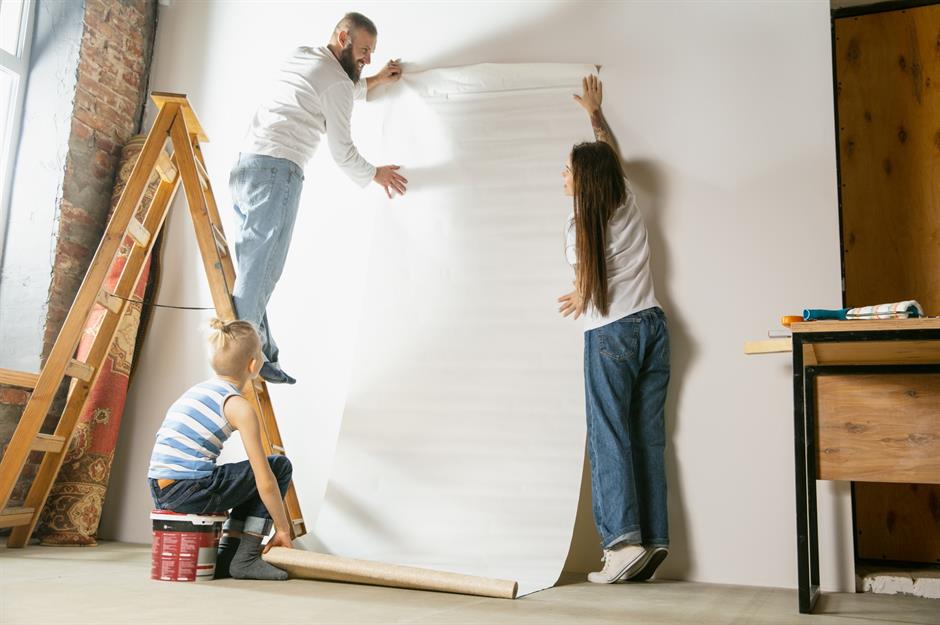
If you want to take a DIY approach to installing internal wall insulation, thermal liner or insulation wallpaper is a great alternative to using plasterboard. Hanging a thermal liner is a similar process to applying standard wallpaper, and as long as your walls are well prepared, clean and dry before the lining is added, it will go a long way in keeping your home warm.
Fit insulation to your ground floor

Insulating the ground floor of your property is another great way to prevent heat from escaping from your home, as around 10% of heat loss from an average property is through the ground floor, according to U Switch.
Ground floors are the most prone to losing heat, but floors that stretch over unheated spaces, such as garages, could also be worth insulating. A fibreboard underlay or polyfoam board can be installed beneath carpet or floor coverings.
Decorate with insulating rugs and carpets
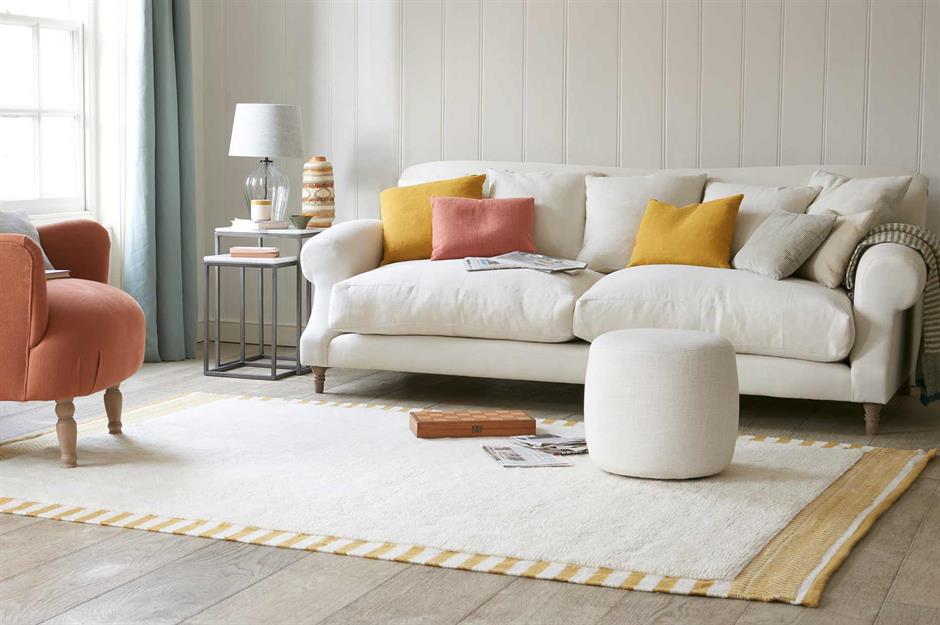
Simple flooring solutions like rugs and carpets don’t just have to be decorative – they can also make a space feel warmer. Any rug or carpet will help to keep your feet warm, but investing in particularly thick home furnishings will provide some extra insulation.
Adding an underlay beneath rugs will have the same effect and will also help to prevent slippage on smooth flooring.
Featured rug available from Loaf.
Plug any holes in the floor
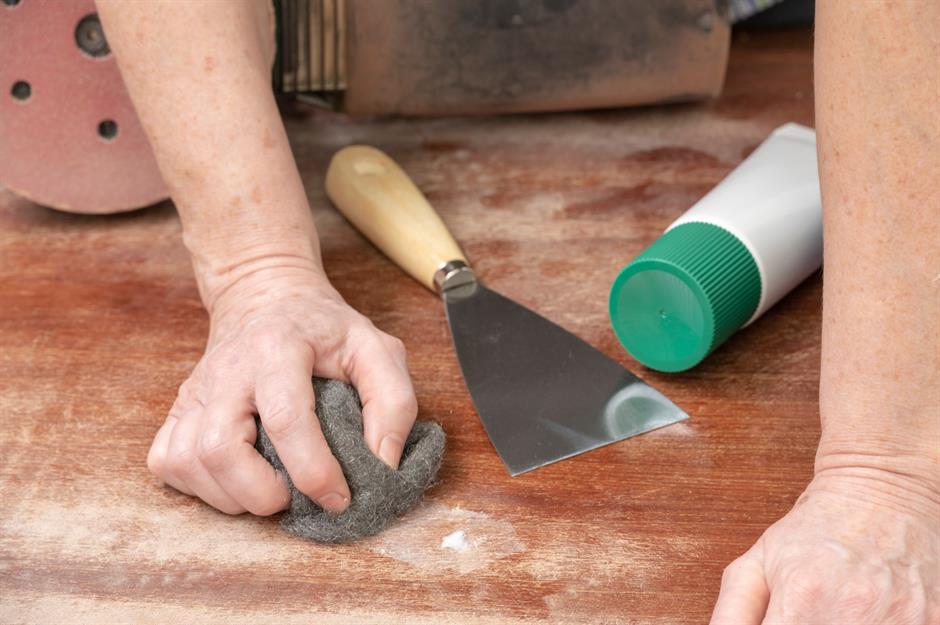
Older homes often have gaps in the flooring where pipes or radiators used to sit, while damage caused by pests can also leave holes in the floor. These can be routes for cold air to come into a room but they can easily be plugged with a filler.
The correct filler will vary depending on the surface of the flooring, but once you’ve got the right product it’s a fast and simple way to reduce draughts.
Fill gaps between floors and skirting boards

Draughts can creep in through the tiniest of gaps, including any space between floors and skirting boards. Tubes of sealant are available at most DIY stores and come with full usage instructions.
Alternatively, you can use an insulating tape. Tapes come in different widths and thicknesses, so make sure you buy the right variety depending on the size of the gap you’re looking to fill.
Insulate your shed or garden room
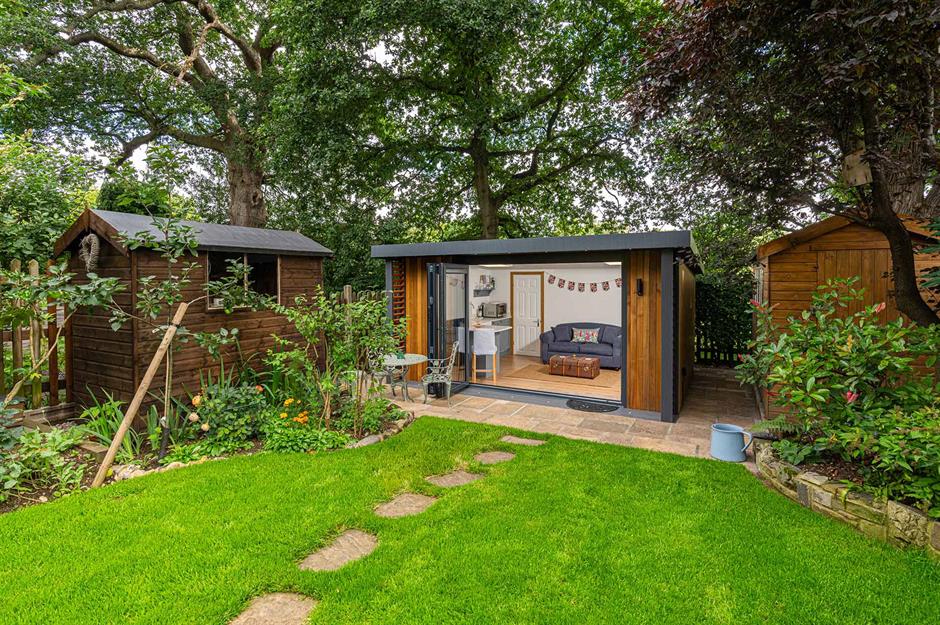
Energy-saving insulation ideas aren’t just for homes – you can also save money by insulating any outbuildings, too, particularly if they contain valuables that could be damaged by bad weather.
Insulation methods are very similar to those already listed for larger properties, such as adding insulating materials to walls and ensuring that window and door seals are airtight. It’s also worth checking for leaks in the roof and floor before adding insulation, as sheds and other garden rooms aren’t typically built to be as weather-resistant as main residences.
Featured garden room available from Garden Retreats
Insulate external pipes
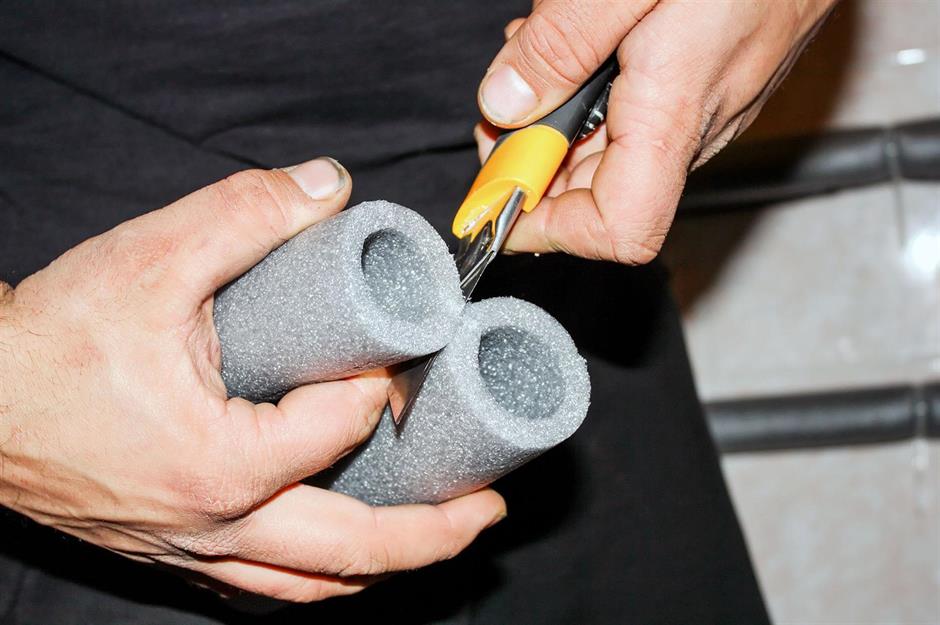
Any exposed pipes will be prone to losing heat, particularly those that are outside or in unheated spaces, such as lofts or garages. The process of insulating pipes can be as simple as adding foam sleeves or pipe wrap, and these can be picked up cheaply from most hardware stores. Professional help may be needed if pipes are in hard-to-reach places. The added protection should also prevent pipes from freezing and bursting during a cold snap.
Loved this? Take a look at more smart home hacks and expert tips
Comments
Be the first to comment
Do you want to comment on this article? You need to be signed in for this feature